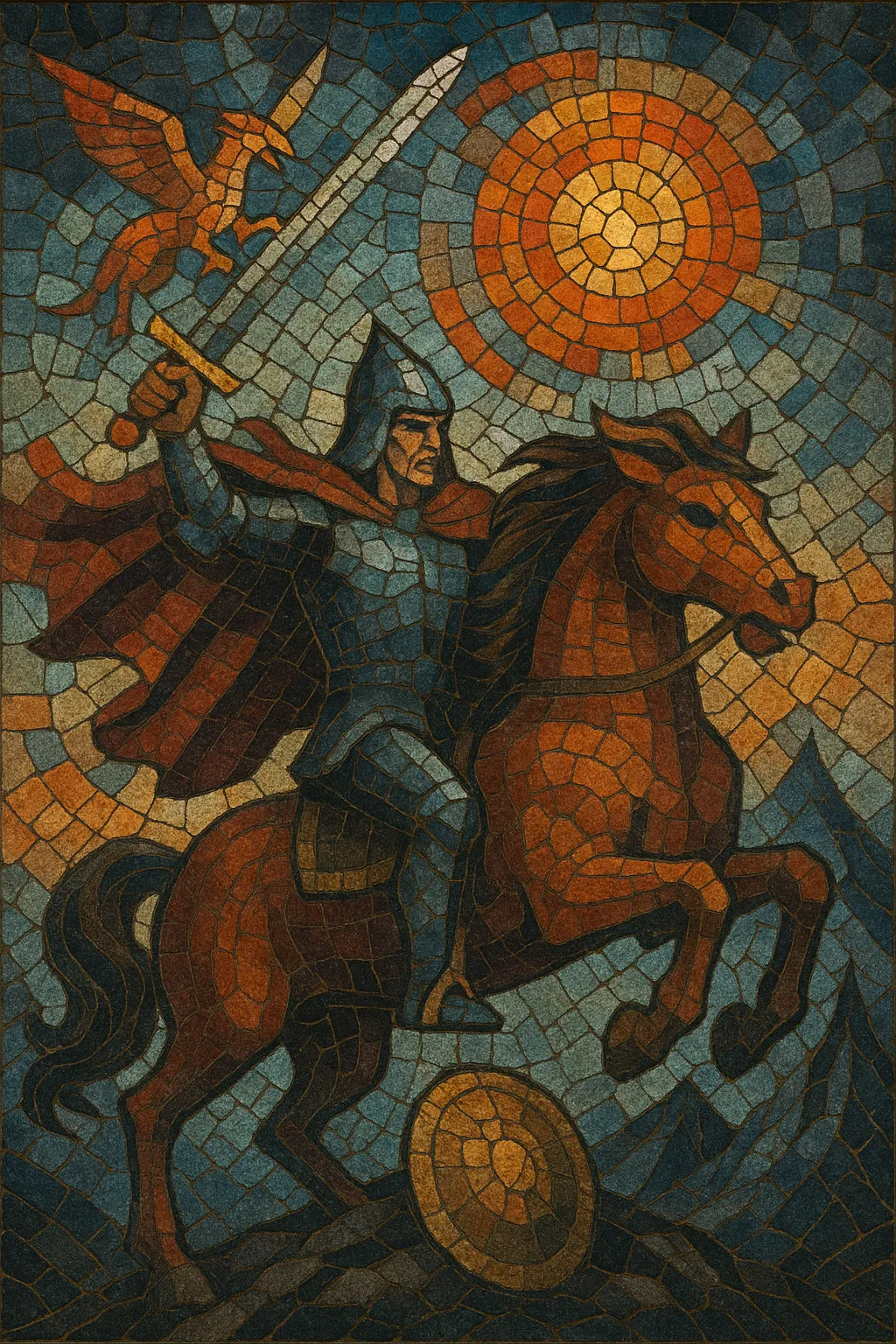Power metal is a fast, melodic, and anthemic branch of heavy metal that emphasizes uplifting melodies, soaring clean vocals, triumphant choruses, and virtuosic guitar and keyboard leads. Its lyrical focus often centers on fantasy, mythology, historical epics, and heroic narratives, aiming for a cinematic sense of grandeur.
The genre coalesced in the mid-1980s from the speed and melody of NWOBHM and speed metal, then split into two recognizable strains: the more aggressive, riff‑driven U.S. power metal and the highly melodic, keyboard‑rich European style. Hallmarks include double‑bass drumming, harmonized twin‑guitar lines, neoclassical flourishes, and rousing sing‑along refrains designed for large audiences.
Power metal emerged as musicians fused the speed and drive of speed metal and the melodic sensibilities of the NWOBHM with heroic themes and high, clean vocals. Early signposts included German acts crystallizing the European sound and parallel developments in the U.S. that favored a tougher, riff‑centric approach.
The late 1980s saw the template set with fast tempos, twin‑guitar harmonies, and anthemic choruses. In the 1990s, Scandinavian and Central European bands added strong keyboard presence and neoclassical elements, while Italian groups helped codify symphonic and cinematic aesthetics. Meanwhile, U.S. power metal maintained a darker, more galloping, and riff‑forward edge.
With improved production and the rise of the internet, power metal spread globally. Bands from Finland, Sweden, Germany, Italy, the U.S., and Brazil achieved international traction. The era emphasized precision drumming, polished vocal stacking, and highly melodic songwriting, often presented through concept albums and fantasy or historical narratives.
Contemporary power metal embraces expansive orchestration, choirs, and cinematic sound design, frequently blending with symphonic metal and progressive metal. Concept‑driven records, historical storytelling, and high‑energy live shows continue to define the scene, while virtuosity and uplifting atmosphere remain central.


